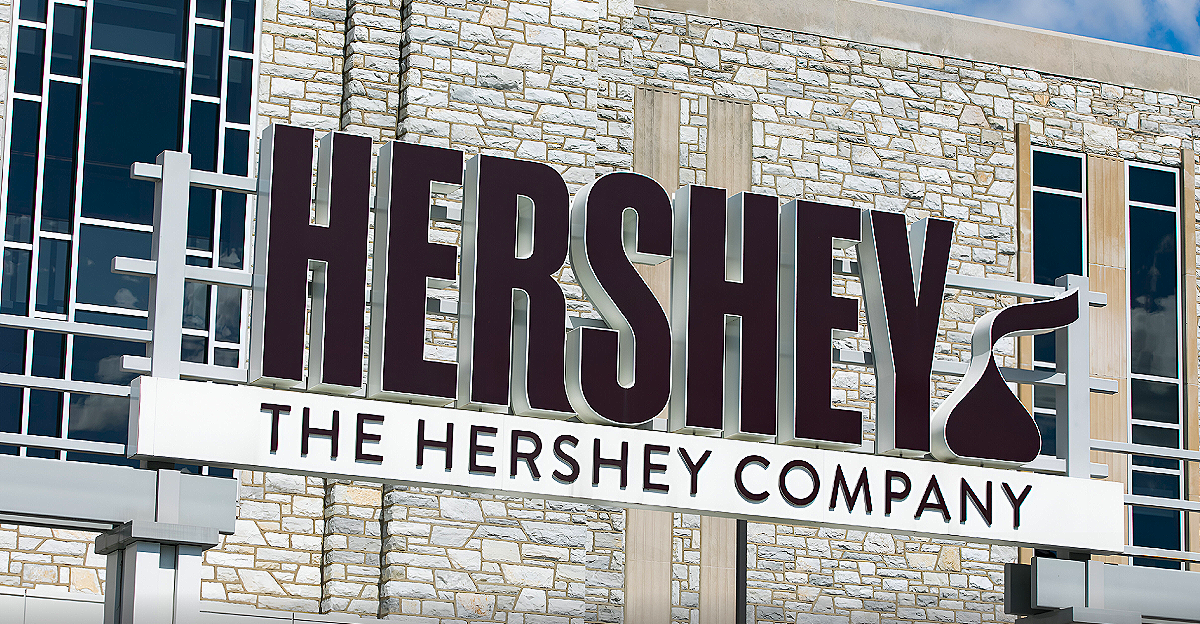
The Hershey Company, a titan in the snack and confectionery world, announced it will eliminate synthetic dyes from all its snacks by the end of 2027. This decision is not just about changing candy colors; it signals a seismic shift in the food industry’s relationship with health, regulation, and consumer trust. Synthetic dyes, often petroleum-based, have long been under scrutiny for links to health concerns like ADHD, obesity, and diabetes.
Hershey’s move aligns with growing regulatory pressure from U.S. health authorities, including initiatives led by Health Secretary Robert F. Kennedy Jr. and the FDA’s plan to phase out these dyes by 2026. This ripple sets off a cascade of consequences, from reformulating beloved products to reshaping consumer expectations about what’s in their food. Hershey’s step is both a response to public demand and a catalyst for industry-wide transformation.
The Hidden World of Synthetic Dyes in Your Snacks
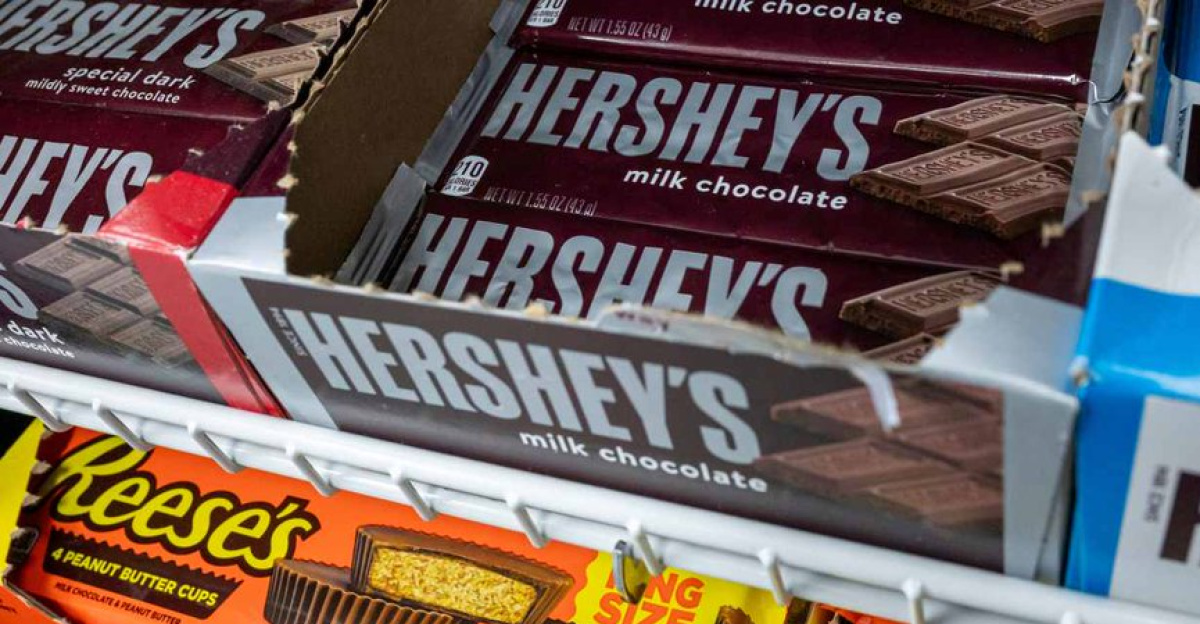
Synthetic dyes aren’t just in flashy candies; they lurk in a surprising array of everyday foods from blueberry bagels to taco shells and carbonated drinks. A recent study revealed that about one in five foods and beverages sold in the U.S. contain these dyes, many derived from petroleum. Despite their ubiquity, these artificial colors have come under fire for potential health risks, especially in children.
Hershey’s pledge to remove these dyes from its products like Jolly Rancher, Twizzlers, and Reese’s is a direct challenge to this status quo. It forces a rethink of ingredient lists and manufacturing processes, pushing the entire food sector toward cleaner, more transparent formulations. This shift also reflects a growing consumer desire for natural ingredients and healthier options, accelerating a broader cultural change around food.
Regulatory Pressure: The Catalyst Behind Hershey’s Decision
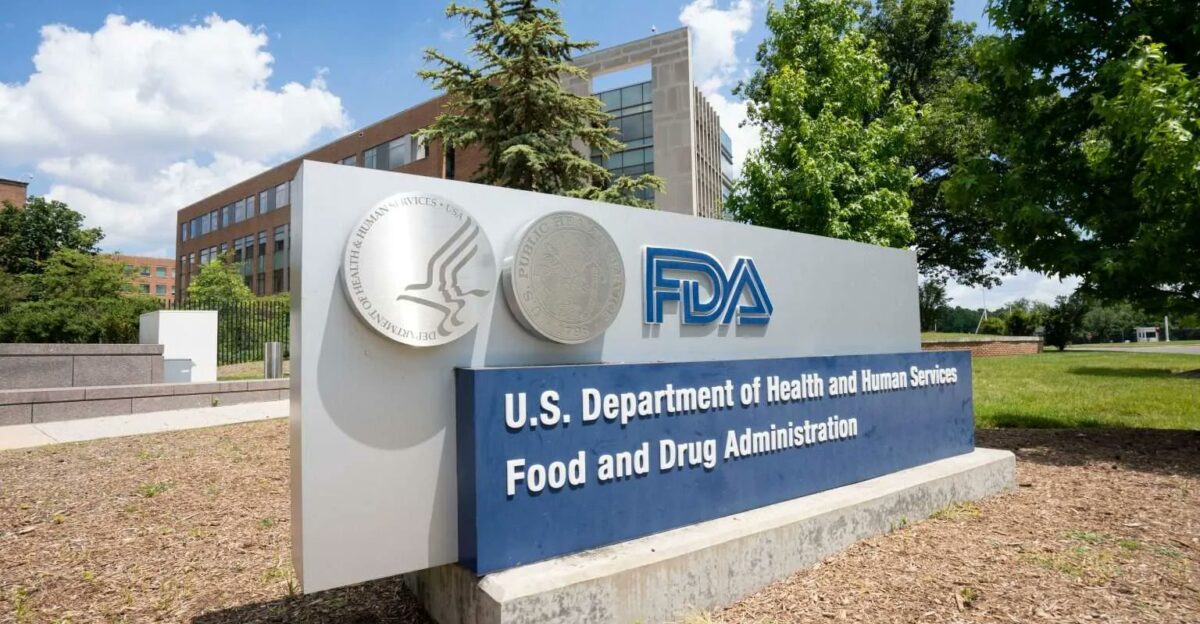
Hershey’s announcement follows a wave of regulatory moves aimed at synthetic dyes. In April 2025, the FDA declared plans to phase out petroleum-based dyes by the end of 2026, citing health concerns. This regulatory push is reinforced by state-level actions like Texas’s new law requiring warning labels on products containing synthetic dyes by 2027 and West Virginia’s ban on certain additives.
These policies create a ticking clock for food manufacturers to reformulate or face legal and market consequences. Hershey’s proactive stance positions it ahead of the curve, mitigating future risks and aligning with federal and state health directives. This regulatory environment is reshaping the food industry’s landscape, compelling giants like Hershey to innovate or risk losing consumer confidence.
The Consumer Trust Gamble: Why Color Matters
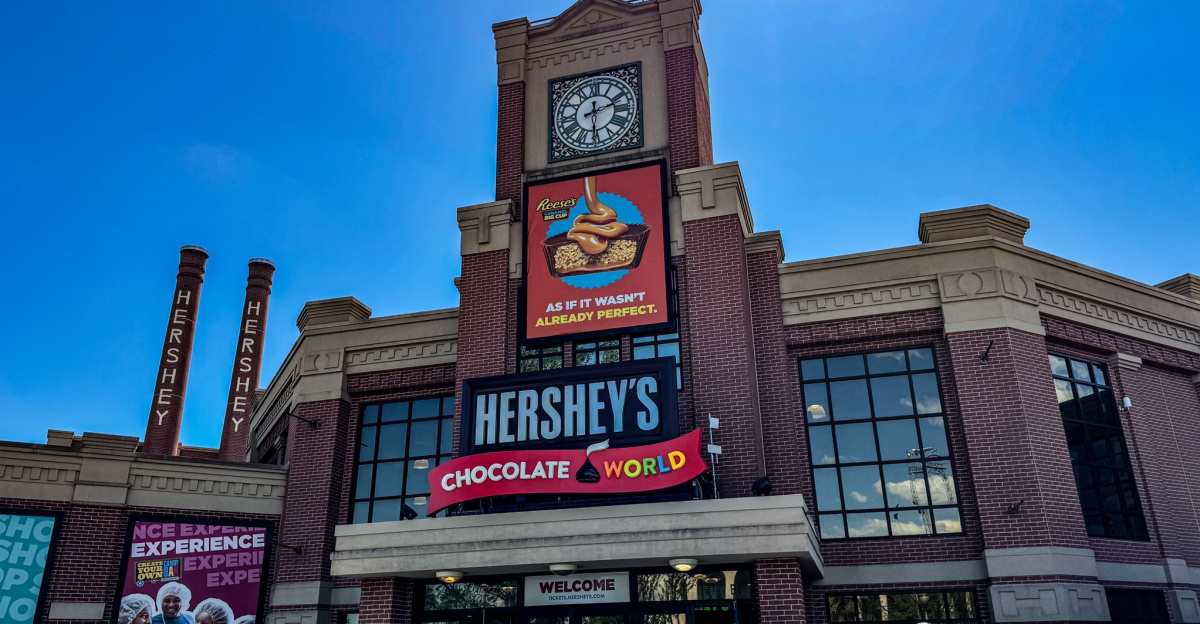
For Hershey, removing synthetic dyes is more than a health move; it’s a strategic bet on consumer trust. Today’s shoppers scrutinize labels like never before, demanding transparency and products that fit healthier lifestyles. Hershey’s spokesperson emphasized that eliminating artificial colors is a “natural next step” to maintain confidence in their offerings.
This trust is crucial in a market where social media platforms like Reddit and TikTok amplify consumer voices and expose ingredient controversies rapidly. Hershey’s decision taps into this digital zeitgeist, signaling responsiveness to consumer concerns and a commitment to cleaner products. The company’s challenge will be balancing beloved flavors and appearances with natural alternatives, a test of innovation that could redefine snack expectations.
The Complex Science Behind Natural Colors
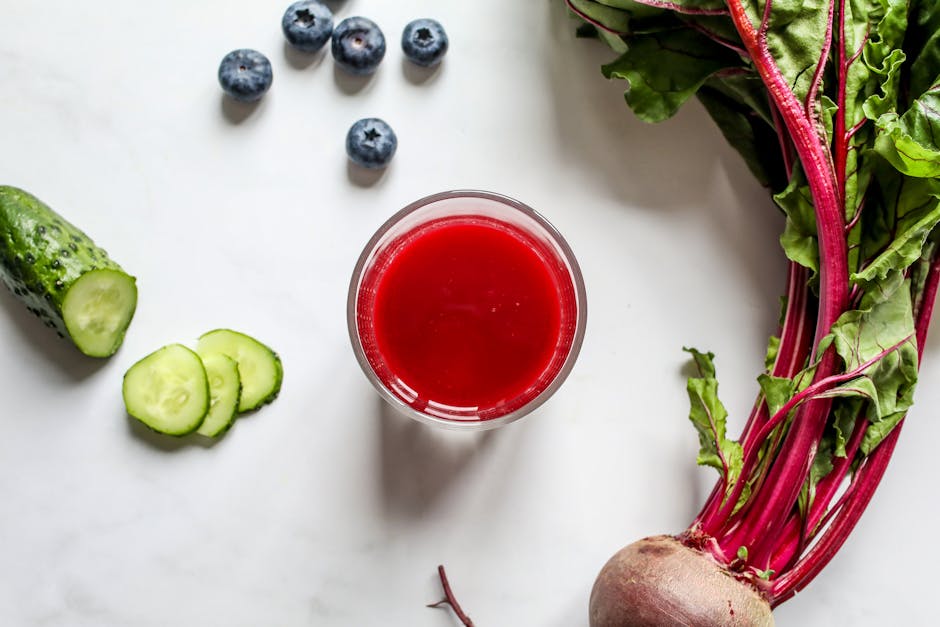
Replacing synthetic dyes isn’t as simple as swapping one pigment for another. Natural colorants come with challenges: stability, cost, and taste impact. Hershey and peers must invest heavily in research to engineer colors from natural sources that withstand processing and shelf life demands. This technological hurdle is a key reason why the phase-out is spread over two years, allowing time for reformulation.
The ripple effect here extends into supply chains, as demand for natural color sources like beet juice, turmeric, and spirulina soars, impacting agriculture and ingredient markets. Hershey’s initiative thus triggers a cascade beyond candy factories, influencing farming trends and natural product innovation across industries.
Industry-Wide Domino Effect: Hershey Leads a Growing Movement

Hershey is not alone; it joins a growing list of food giants like Kraft Heinz, Nestlé, General Mills, and Tyson Foods committed to ditching synthetic dyes by 2027. This collective momentum amplifies the ripple effect, signaling a central industry pivot. As these companies reformulate, they set new standards for clean labeling that smaller brands will feel pressured to meet.
The shift also challenges retailers and regulators to adapt, potentially reshaping global food marketing, packaging, and regulatory frameworks. Hershey’s move acts as a catalyst, accelerating an industry-wide transformation that promises to redefine what consumers expect from snacks and processed foods.
The Emotional and Cultural Impact on Consumers
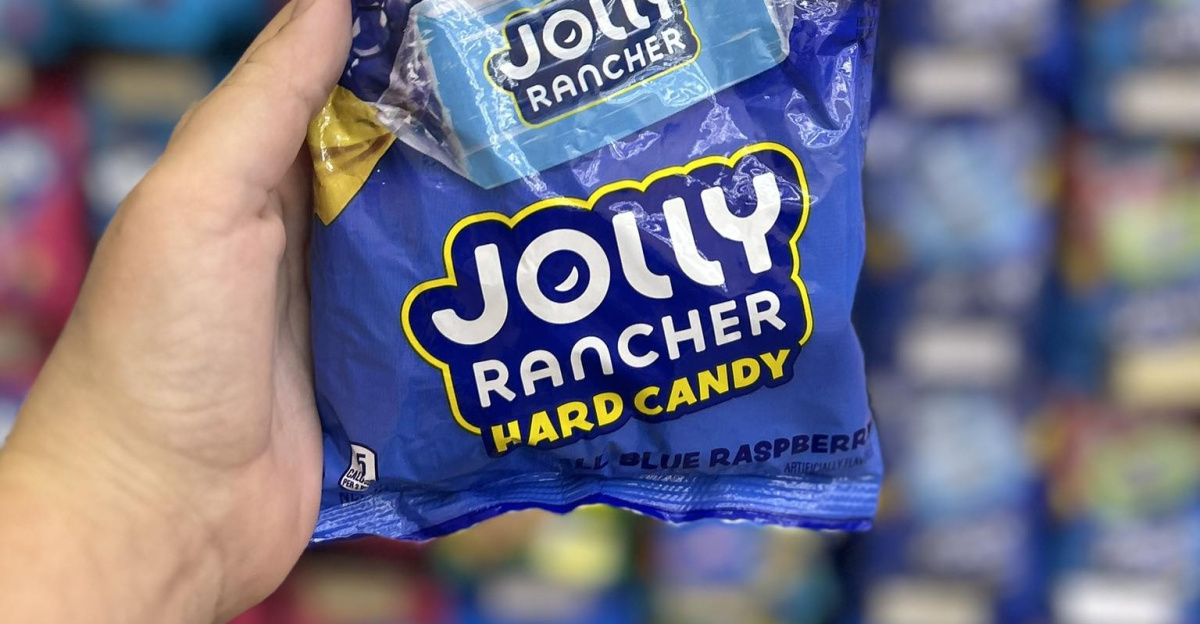
Color is deeply tied to nostalgia and snack enjoyment, making Hershey’s reformulation a delicate dance with consumer emotions. Fans of iconic products like Reese’s and Jolly Ranchers may initially resist changes in appearance or taste. However, the broader cultural trend favors health-consciousness and ethical consumption, especially among younger generations who drive viral food trends on TikTok and YouTube.
By aligning with these values, Hershey’s transparency and commitment may strengthen brand loyalty. This emotional recalibration reflects a larger societal shift where food is not just fuel or indulgence but a statement of identity and care for wellbeing, amplifying the ripple beyond the grocery aisle.
Economic and Market Implications of the Dye Phase-Out
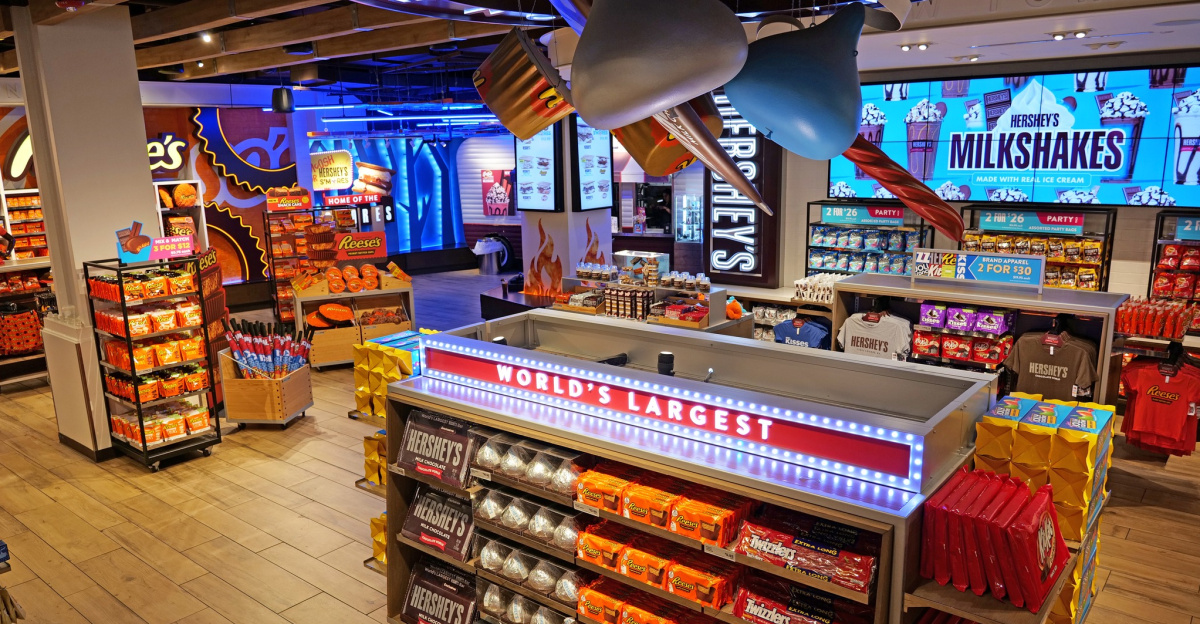
Hershey’s dye elimination strategy also carries significant economic implications. Reformulating products involves upfront costs in R&D, supply chain adjustments, and potential marketing shifts. Yet, Hershey’s stock responded positively, with a 4% increase after the announcement, signaling investor confidence in the company’s long-term vision.
This move may pressure competitors to follow suit or risk losing market share to brands perceived as healthier and more transparent. Moreover, the growing market for natural food ingredients could spur new business opportunities and innovation across sectors. Hershey’s decision thus reverberates through financial markets and supplier ecosystems, illustrating how a single ingredient change can reshape economic landscapes.
The Broader Public Health Ripple

At its core, Hershey’s commitment is part of a larger public health narrative. Synthetic dyes have been linked to behavioral and metabolic issues, particularly in children. By removing these additives, Hershey reduces exposure to potentially harmful substances in the American diet. This ripple effect extends to healthcare systems by potentially lowering risks associated with ADHD and obesity.
It also aligns with global trends toward stricter food additive regulations seen in Europe. Hershey’s step reflects an industry increasingly aware of its role in public health, signaling a shift from profit-driven to responsibility-driven food production.
What Comes Next? The Future of Food Color and Consumer Choice

As 2027 approaches, Hershey’s dye phase-out invites a forward-looking question: how will this transformation shape the future of food? The ripple effect suggests a future where natural ingredients dominate, transparency is non-negotiable, and consumer empowerment drives innovation. Hershey’s move may inspire other sectors, such as cosmetics, pharmaceuticals, and even textiles, to reconsider synthetic additives.
The challenge will be maintaining taste, affordability, and accessibility while meeting these new standards. Ultimately, Hershey’s decision opens the door to a cleaner, healthier food landscape. Still, it also creates a complex journey of adaptation and discovery that consumers and industry must navigate together.
